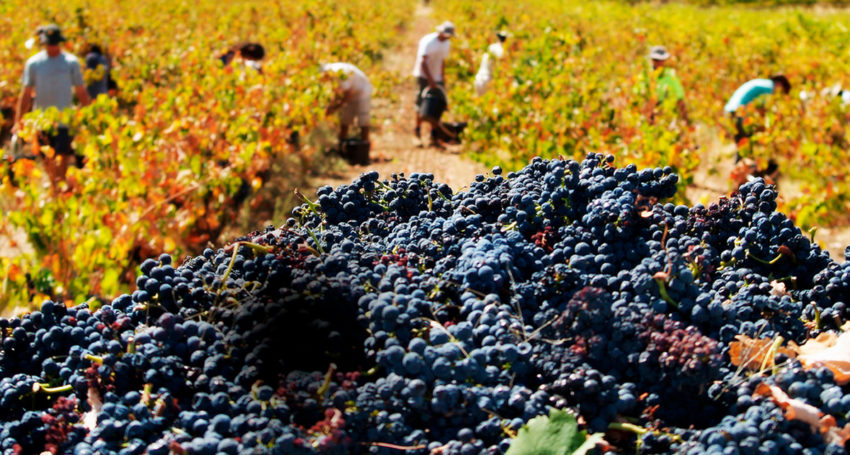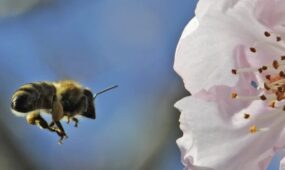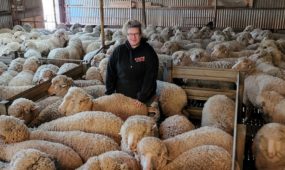Are grain crop burn-offs a cereal offence against the wine industry?
Primary Industries
A new smoke taint project in South Australia will study the impact of stubble burning by grain growers on wine grapes during harvest.

Sign up to receive notifications about new stories in this category.
Thank you for subscribing to story notifications.

Several previous research projects have studied the impact on wine flavours of smoke from major bushfires and controlled public forest burns, but there is little analysis as to whether low intensity stubble fires have any lasting impact.
South Australian wine producing regions including the Barossa and Clare Valley are adjacent to large swathes of grain-growing belts, which traditionally conduct their burn-offs during autumn.
Stubble burning is a long accepted agricultural practice to wipe out weeds, seeds and snails after harvest and before sowing.
However, the timing sometimes coincides with wine vintage prompting the research by the University of Adelaide with assistance of the Australian Wine Research Institute (AWRI).
AWRI Business Development Manager Dr Mark Krstic said the research would reveal more information about the ideal conditions for stubble burning to minimise any unintended risks of damage to grape and wine production.
“From our previous research on smoke taint, we know there are certain factors at play like smoke drift distance, type of smoke, time of day for burning, seasonal conditions, and wind speed,” he said.
“We hope to be able to refine this through further research and give both the wine and grains industries enough information to make sound decisions when they are considering the needs of their own business, as well as their neighbours.”
The Adelaide-based AWRI is a world leader in the field of wine smoke taint and was called in to help Tasmanian grape growers deal with the issue after major bushfires ravaged the state in January and February.
South Australia produces about 50 per cent of Australia’s wine and 75 per cent of the nation’s premium wine each year, prompting the state government to provide $60,000 in funding to support the stubble burning research.
The state’s Primary Industries and Regional Development Minister Tim Whetstone said although stubble burning was not as prevalent as it once was, it remained an important tool in the grain production cycle ahead of the planting of winter crops.
“The grains and wine sectors are two primary industry super powers in South Australia and it is important they are each able to co-exist without detriment to the other,” said Minister Whetstone.
The research will involve a series of field and winemaking trials in the coming months to discover the sensitivity of grapes to smoke from low intensity crop stubble burns. It will also seek to determine the exact point when smoke loses its potency to wine grapes.
Jump to next article




